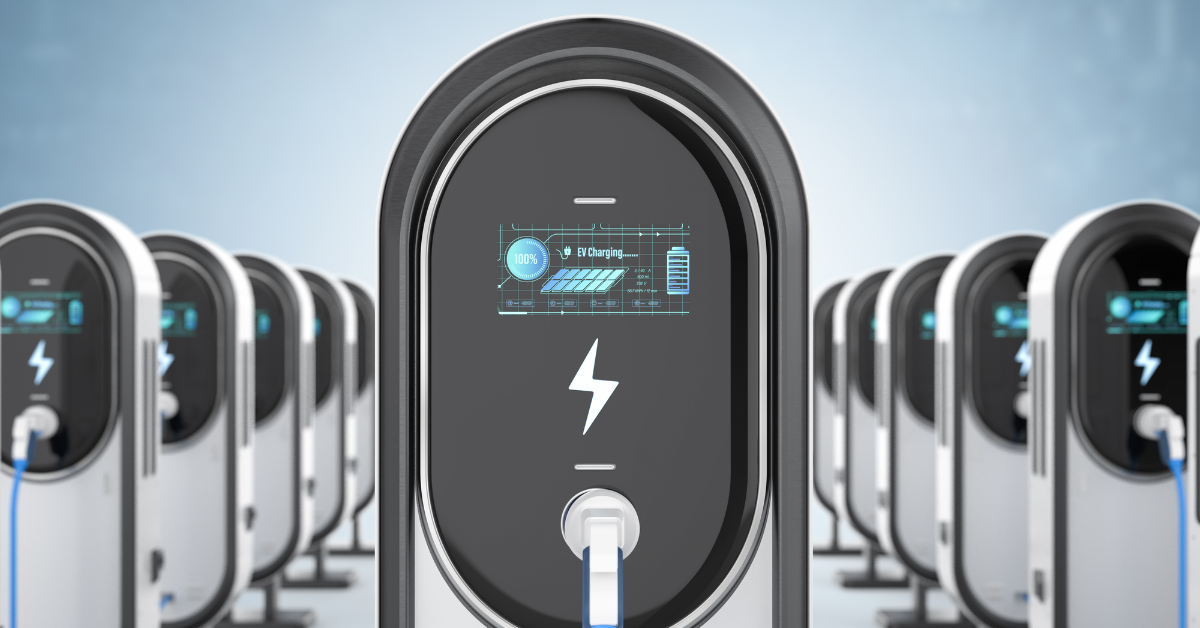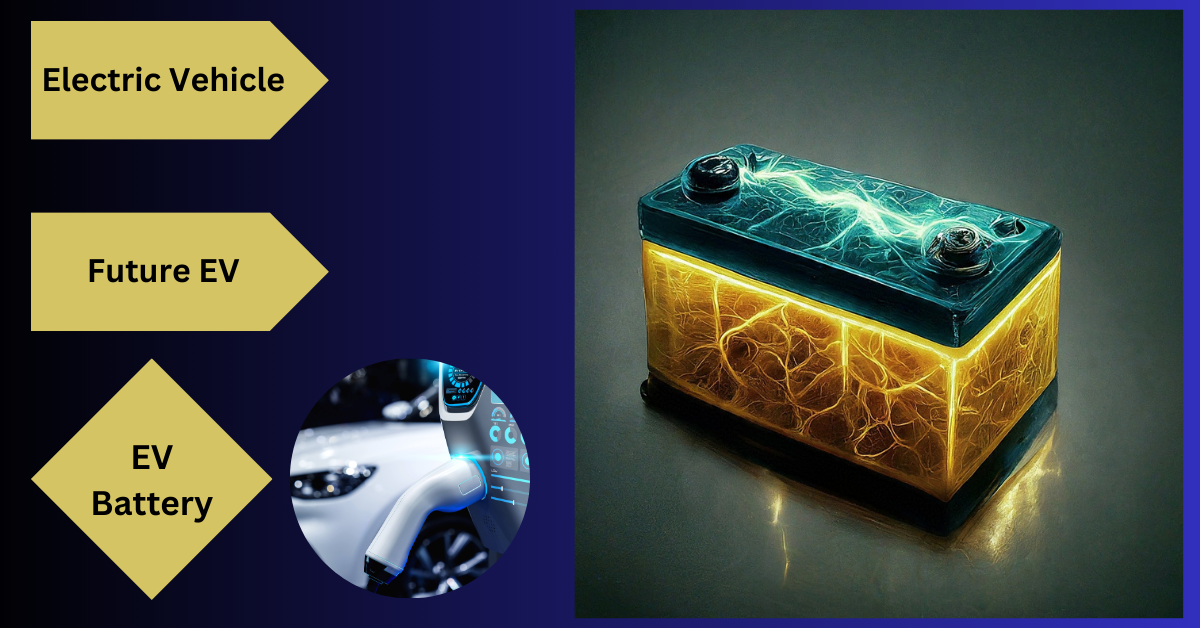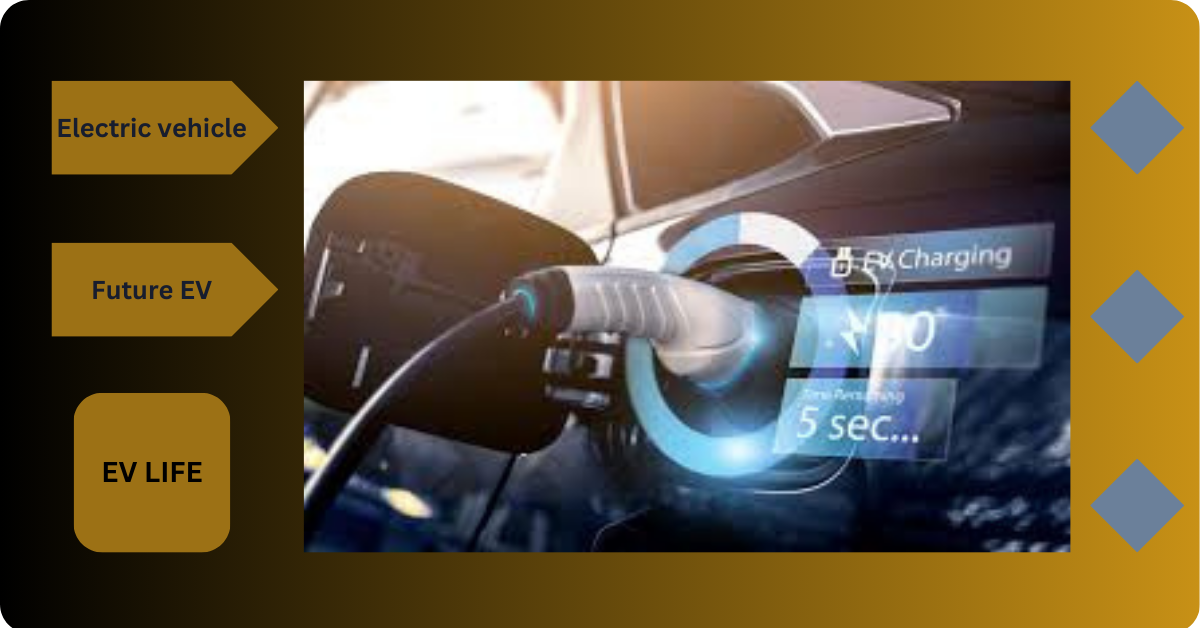Electric Vehicle Advantages
Electric vehicle advantages as the world pivots toward sustainability, electric vehicles (EVs) are leading the charge in transforming the automotive landscape. These innovative vehicles are not just a trend but a significant shift in how we approach transportation. With their numerous benefits, electric vehicles are becoming a cornerstone in the global effort to reduce carbon footprints, combat climate change, and build a more sustainable future.

This blog post delves deep into the advantages of electric vehicles, covering everything from environmental impact to economic benefits.
1. Environmental Benefits of Electric Vehicles
Reduced Greenhouse Gas Emissions
One of the most significant advantages of electric vehicles is their potential to drastically reduce greenhouse gas emissions. Traditional gasoline and diesel-powered vehicles emit large amounts of CO2 and other harmful gases into the atmosphere, contributing to global warming and air pollution. EVs, on the other hand, produce zero tailpipe emissions, making them a cleaner alternative.
According to the Environmental Protection Agency (EPA), the transportation sector is one of the largest sources of greenhouse gas emissions in the United States. By switching to electric vehicles, we can significantly reduce our carbon footprint, helping to mitigate the effects of climate change.
Improved Air Quality
Electric vehicles contribute to better air quality, especially in urban areas where pollution levels are typically higher. Unlike internal combustion engine (ICE) vehicles, EVs do not emit nitrogen oxides (NOx) or particulate matter (PM), both of which are major contributors to smog and respiratory problems. Cleaner air leads to healthier communities and a lower incidence of respiratory and cardiovascular diseases.
Electric Vehicle Advantages Reduced Noise Pollution
Noise pollution is an often-overlooked environmental issue, particularly in densely populated areas. Electric vehicles are inherently quieter than their gasoline counterparts due to the absence of an internal combustion engine. The reduction in noise pollution can improve the quality of life in urban areas, making cities more livable and peaceful.
2. Economic Benefits of Electric Vehicles
Lower Operating Costs
One of the most compelling economic advantages of electric vehicles is their lower operating costs. EVs are more efficient than traditional vehicles, converting a higher percentage of energy from the battery to power the wheels. This efficiency translates to lower energy costs, as electricity is generally cheaper than gasoline or diesel.
Moreover, electric vehicles have fewer moving parts than ICE vehicles, resulting in lower maintenance costs. There’s no need for oil changes, spark plugs, or exhaust system repairs, and regenerative braking reduces wear and tear on brake pads. Over the lifetime of the vehicle, these savings can add up to significant cost reductions.
Government Incentives and Tax Benefits
To encourage the adoption of electric vehicles, many governments around the world offer incentives such as tax credits, rebates, and grants. In the United States, for example, buyers of certain EV models may qualify for a federal tax credit of up to $7,500. Additionally, some states and municipalities offer additional incentives, such as reduced registration fees or access to carpool lanes.
These incentives can make electric vehicles more affordable, helping to offset the higher upfront cost of purchasing an EV compared to a traditional vehicle.
Job Creation and Economic Growth
The shift to electric vehicles is also driving job creation and economic growth. The EV industry is generating new jobs in manufacturing, battery production, charging infrastructure development, and more. As the demand for electric vehicles continues to grow, so too will the number of job opportunities, contributing to a more robust and diverse economy.
3. Technological Advancements in Electric Vehicles
Advancements in Battery Technology
Battery technology has seen significant advancements in recent years, making electric vehicles more practical and appealing to consumers. Modern EVs are equipped with lithium-ion batteries that offer greater energy density, longer range, and faster charging times than earlier models. These improvements are helping to alleviate “range anxiety,” a common concern among potential EV buyers.
Moreover, research and development in battery technology are ongoing, with companies exploring solid-state batteries, which promise even greater energy density and safety, further enhancing the appeal of electric vehicles.
Autonomous Driving and Smart Features
Electric vehicles are often at the forefront of technological innovation, with many models offering advanced features such as autonomous driving capabilities, over-the-air software updates, and integrated connectivity. These smart features not only enhance the driving experience but also improve safety and efficiency.
For example, autonomous driving technology can reduce the likelihood of accidents by assisting with tasks such as lane-keeping, adaptive cruise control, and emergency braking. Additionally, over-the-air updates allow manufacturers to continuously improve the vehicle’s performance and add new features without requiring a visit to the dealership.
4. Energy Independence and National Security
Reduced Dependence on Fossil Fuels
Electric vehicles offer the potential to reduce our dependence on fossil fuels, which are finite resources and subject to volatile market prices. By transitioning to electric vehicles, we can decrease our reliance on oil imports, enhancing energy security and reducing the economic impact of fluctuating fuel prices.
Integration with Renewable Energy
Electric vehicles can be seamlessly integrated with renewable energy sources such as solar, wind, and hydroelectric power. By charging EVs with clean energy, we can further reduce our carbon footprint and promote a more sustainable energy future. Additionally, advances in vehicle-to-grid (V2G) technology allow EVs to act as mobile energy storage units, feeding electricity back into the grid during peak demand periods and helping to stabilize the power supply.
5. Social and Community Benefits
Increased Access to Transportation
Electric vehicles have the potential to increase access to transportation, particularly in underserved communities. With lower operating and maintenance costs, EVs can provide a more affordable and reliable means of transportation for individuals who may have previously been priced out of car ownership.
Furthermore, the rise of electric ridesharing services and public transportation options can offer additional mobility solutions, reducing the need for personal vehicle ownership and promoting more equitable access to transportation.
Environmental Justice

The adoption of electric vehicles can play a role in addressing environmental justice issues. Communities of color and low-income neighborhoods are often disproportionately affected by air pollution due to their proximity to highways, industrial facilities, and other sources of emissions. By reducing vehicle emissions through the widespread adoption of EVs, we can improve air quality in these communities, leading to better health outcomes and a more just society.
6. Challenges and Considerations
While the advantages of electric vehicles are numerous, it’s important to acknowledge the challenges and considerations associated with their widespread adoption.
Infrastructure Development
The expansion of electric vehicle charging infrastructure is critical to the success of EV adoption. While the number of charging stations is steadily increasing, there is still a need for more widespread and accessible charging options, particularly in rural areas and multi-family housing developments. Investment in fast-charging technology and grid upgrades will be essential to support the growing number of electric vehicles on the road.
Battery Recycling and Environmental Impact

The production and disposal of batteries are areas of concern when it comes to the environmental impact of electric vehicles. Mining for lithium, cobalt, and other materials used in batteries can have significant environmental and social consequences. However, advancements in battery recycling technology and the development of more sustainable materials are helping to address these issues. Continued research and innovation will be key to minimizing the environmental footprint of EV batteries.
Upfront Costs
Although the total cost of ownership for electric vehicles is often lower than that of traditional vehicles, the upfront purchase price can still be a barrier for some consumers. While government incentives can help offset this cost, ongoing efforts to reduce the price of EVs through advancements in technology and economies of scale will be important in making them accessible to a broader audience.
7. The Future of Electric Vehicles
The future of electric vehicles is bright, with rapid advancements in technology, increasing consumer demand, and strong government support driving the industry forward. As battery technology continues to improve and charging infrastructure expands, electric vehicles will become an increasingly viable option for a wider range of consumers.
In addition to personal vehicles, the electrification of public transportation, commercial fleets, and even aviation is on the horizon, further reducing greenhouse gas emissions and promoting a sustainable future.
8. Embracing a Sustainable Future with Electric Vehicles
Electric vehicles represent a crucial step toward a more sustainable and equitable future. With their numerous environmental, economic, and social benefits, EVs are not just a technological innovation but a powerful tool in the fight against climate change and environmental degradation.
As more individuals, businesses, and governments embrace electric vehicles, we move closer to a world where clean, efficient, and accessible transportation is the norm. The advantages of electric vehicles are clear, and their potential to transform our society is immense. By choosing to support and invest in this technology, we can drive progress toward a cleaner, healthier, and more sustainable future for all.
